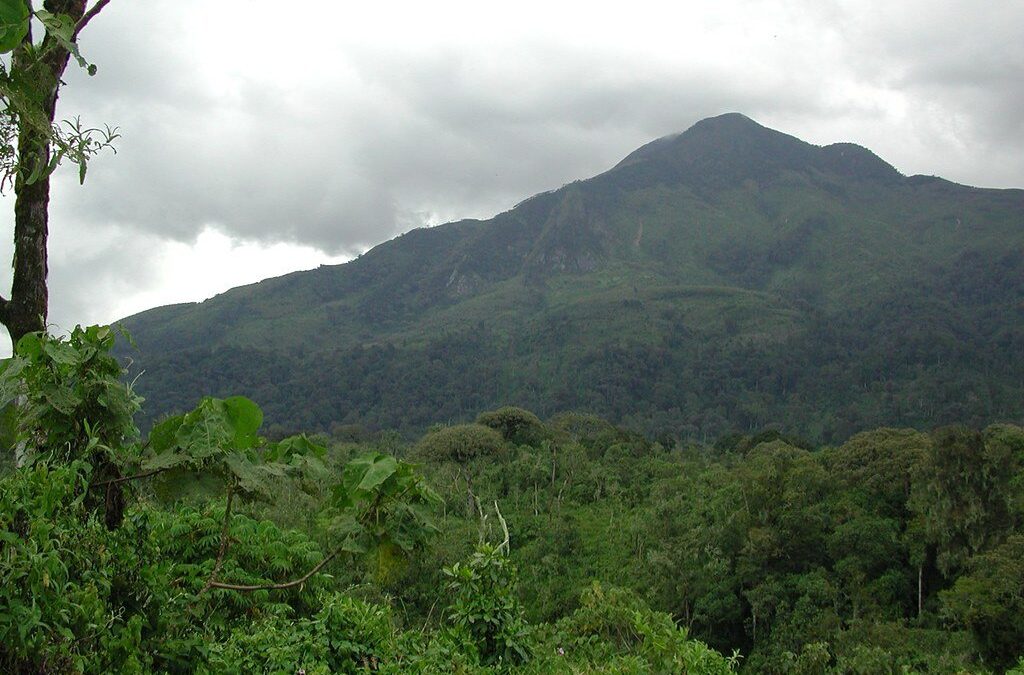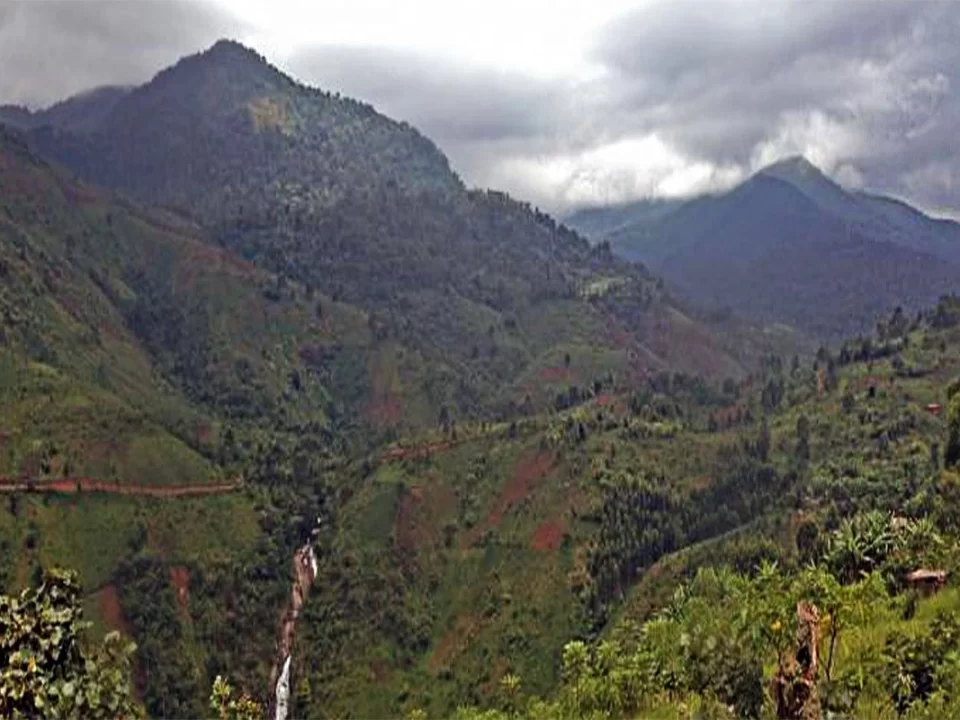Hiking Mount Kahuzi and Biega

Congo Nature Walks and Hiking Trails
September 26, 2023
Visit the Presidential Palace Museum
September 26, 2023Exploring the Majesty of Mount Kahuzi and Mount Biega – Congo’s Thrilling Hiking Safaris
In the heart of Kahuzi Biega National Park lies an adventure beyond compare, where the thrill of hiking intertwines with the allure of nature’s wonders. While the park is celebrated for its Eastern lowland gorilla treks, it also beckons you to ascend the volcanic peaks of Mount Kahuzi and Mount Biega, offering unparalleled panoramic views that unveil the park’s grandeur.
Hiking Mount Kahuzi and Biega
As you venture beyond gorilla trekking, you’ll be captivated by the captivating vistas that grace the park’s horizon. The two dormant volcanic peaks, Mount Kahuzi and Mount Biega, stand as sentinels within the heart of the park, inviting intrepid explorers to their summits. These majestic mountains, dormant but not diminished, paint a breathtaking picture of natural beauty.
Mount Kahuzi rises majestically to an elevation of 3,308 meters above sea level, while Mount Biega proudly stands at 2,790 meters. These dormant giants offer more than just lofty altitudes; they grant a privileged view of the entire park. From their summits, the landscape unfurls like a masterpiece, showcasing the park’s diverse wildlife, the harmony of neighboring communities, and the enchanting bamboo and sub-alpine vegetation that harbors a myriad of animal species.
Your ascent promises encounters with enigmatic creatures like the owl-faced monkeys, and the symphony of bird songs serenades your journey. The thrill of these hikes, where every step reveals a new facet of the park’s beauty, is an experience that lingers in your memory.
Other Adventures in Kahuzi-Biega National Park
Kahuzi-Biega National Park isn’t just about hiking; it offers an array of adventures to enrich your visit:
Eastern Lowland Gorilla Trekking:
The park is renowned for its Eastern lowland gorilla trekking experiences. These unique gorillas are distinguished by their robust bodies, large hands, and short muzzles, predominantly subsisting on fruits and herbaceous materials. Kahuzi Biega National Park boasts two Eastern lowland gorilla families available for tracking, while others are still in the process of habituation. These gentle giants form peaceful and social groups, with 5-30 members led by an alpha male responsible for family protection and home establishment. Trekking through the tropical rainforest to meet these magnificent creatures takes you on an adventure beyond the ordinary. Whether you spend 30 minutes or 5 hours trekking, the heartwarming hour spent in their presence promises a true family experience.
Bird Watching in Kahuzi Biega:
For bird enthusiasts, Kahuzi Biega is nothing short of paradise, boasting around 342 bird species, including 42 that are endemic to the park. Here, you can spot remarkable birds like the resplendent yellow-crested helmet shrike, the elusive African green broadbill, the captivating Congo peafowl, and the striking Rockefeller’s sunbird. The park’s commitment to conservation has earned it recognition as a threatened site, protected by the International Union for Conservation of Nature (IUCN).
Nature Walks:
Beyond hiking, immerse yourself in nature’s embrace with guided nature walks along forest trails. Explore various tourism sites, including the enchanting Tshibati waterfalls that lead to three additional cascades. These walks unveil diverse vegetation types and captivating wildlife encounters. As the forest’s melodious chorus of birds serenades your senses, tranquility washes over you. By the time you depart the forest, you carry not just memories but also a deeper understanding of the park’s rich biodiversity, ensuring a memorable and enlightening experience.
Chimpanzee Tracking:
Delve into the world of the park’s other ape species, the chimpanzees. Shy and elusive, these creatures are often encountered by chance. They predominantly inhabit the park’s lower regions, their presence signaled by distant pant hoots that reverberate over a distance of 3 kilometers.
Your journey to Kahuzi Biega National Park promises not just adventure but also a profound connection to the wonders of nature. Whether you choose to hike the volcanic peaks, immerse yourself in the forest’s serenity, or encounter its remarkable wildlife, Kahuzi Biega offers an unforgettable and enlightening experience that forever etches itself in your heart.


